What Exactly Does A Cruise Ship Photographer Do?
There are so many branches of professional photography. Perhaps more so today than at any other time. Photographers in some such as fashion and commercial can become superstars, well known outside the photographic industry.
Others such as forensic and medical are lesser known but perhaps more important. There is one branch that is neither well known nor vital but has proved a good training ground for many young aspiring photographers – cruise ship photography.
Sadly a cruise ship photographer is much maligned by certain more “snobbish” elements of the photographic industry. I can understand their disdain to a certain extent.
Mass-produced images sold cheaply to tourists is hardly going to be called a top end career but today I am going to suggest that it’s not such a bad way to get into photography. I personally spent about ten years of my early life “working the ships” and it taught me many things not only about how to shoot but perhaps more importantly how to manage a small business.
Working on a cruise ship sounds glamorous but is really hard work.
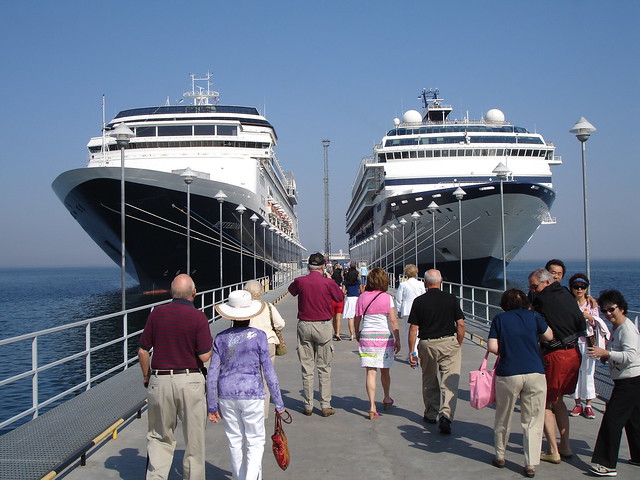
1. Getting Started
It's a brutal world out there if you are a photography student. I don’t know the figures but I suspect there is a very high ratio of students to available jobs.
Sadly, unless you are extremely good and have a great portfolio, you aren't going to fall into a job in photography.
Working on cruise ships is a good short term option. It allows you to gain experience in the photographic industry, you can add great images to your portfolio and of course add gainful employment to your CV.
Most photographers working at sea are technically freelance. You are contracted by a photography agency to take images for a set period of time. If accepted by an agency you will often have to pay a bond, usually around $500 to cover your uniform and repatriation in the event of something going wrong.
You may have to pay to do your safety at sea certificates, this is compulsory for all seafarers and requires a 2-3 day course at a designated center.
Once on the ship, you will also be responsible for your own tax payments. This very much depends on your countries tax regime. US citizens, for example, have to pay tax even if they are out of the country. UK citizens do not if they are out of the country for more than 180 days in a given year.
Pay is usually done on a commission basis by rank.
2. The Job Itself
Let’s state straight away, the life of a cruise ship photographer is not an easy one. The vast majority of photography these days is done on big ships with rigid itineraries. You maybe working 10-14 hours a day 7 days a week.
A typical day may start at 7.00am photographing passengers leaving the ship in port. You may then spend a few hours in the shop actually selling the prints.
In the evening you could be shooting people dining or taking portraits in a studio. At the end of the night, you may be asked to help the guys in the photo lab with printing and collating. It's quite probable that you will not finish until after 1am!
If you stick at the job you will rise through the ranks. Some photographers will make it in order to manage the photographic concession, others might leave after one contract finding the job is not for them.
Through my time on the ships, I was very lucky to avoid bigger ships. I spent most of my time working and managing on the smaller ships. The advantages of this were much more creative.
The big advantages of this were more creative possibilities with my photography, particularly when producing the cruise video, more interesting and varied itineraries and a more personal relationship with the passengers.
Sadly these days the economics of small cruise ships do not add up and the trend is towards the mega ships.
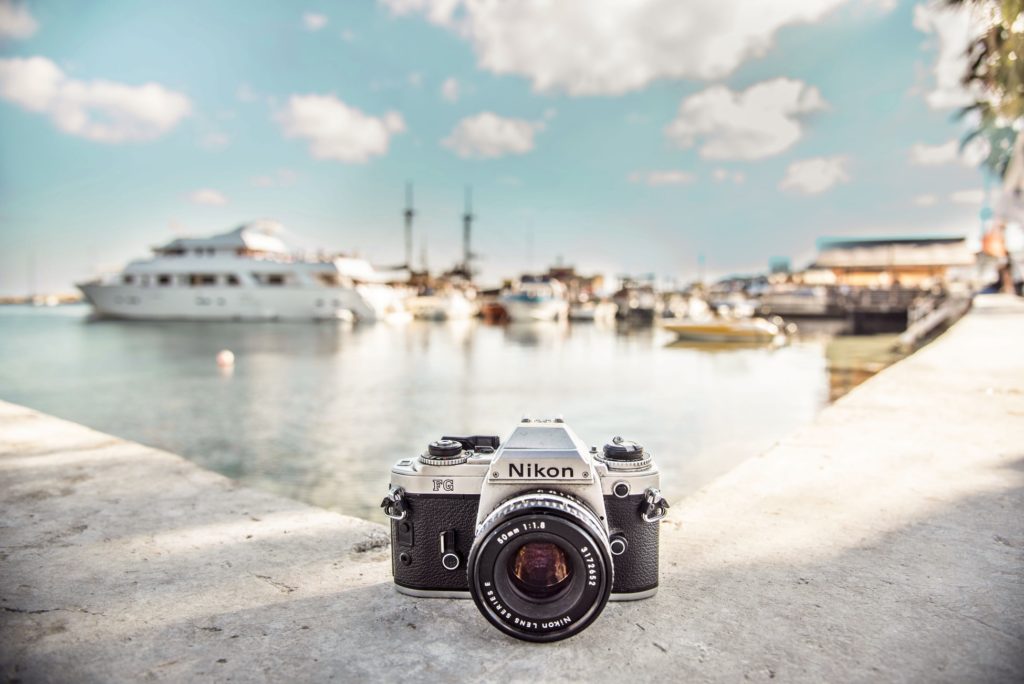
3. Things To Learn
Cruise ship photography can be great, proving ground for an aspiring photographer. You can learn new skills that will serve you well in your future photographic career, the sort of skills you will not learn in college.
One of those skills is working under pressure.
Important Skills:
- Set up a photographic studio with basic lighting,
- Shoot upwards of a 1000 people, and
- Have those prints on sale by the next morning.
You quickly learn the best way to handle your camera in different situations.
For example, during a studio shoot, you might have to set a fixed white balance. While shooting on the gangway in the morning you may have to constantly change the settings for fill-in flash as the light changes. You may also learn various aspects of video production from shooting to editing.
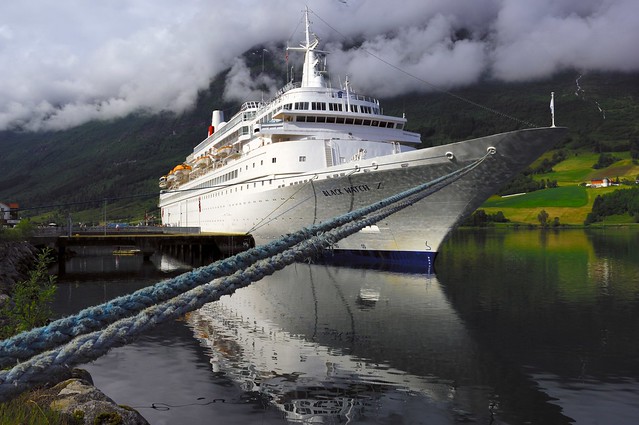
Often you will not have much time to wander too far from the ship.
One important aspect you will learn is dealing with customers. Some cruise ship passengers can be a delight to work with, others can be frankly horrible.
You have to be able to deal with all of them in a polite a courteous way. This is a very good lesson for those setting up their own business in the future. For those that go on to manage the concession, there are excellent lessons in:
- Time management,
- Assigning personnel to certain tasks,
- Marketing, and
- Planning your inventory.
Above all, you gain experience in a commercial photographic environment.
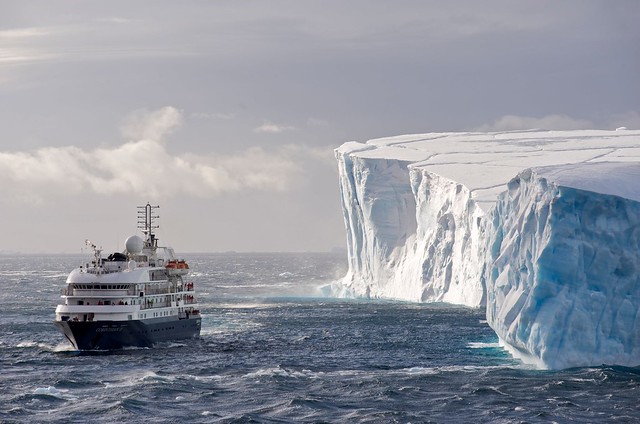
Being a cruise ship photographer is not for everyone and it cannot be regarded as a long-term career. However, as a training ground for the arena of professional photography, it can be a very worthwhile pursuit even if you just do it for one year.
Further Resources:
- Putting Together a Photography Portfolio – It Really DOES Matter How You Do it
- A Quick Guide to Fill In Flash – Great Tips to Help You Out
- Breaking into the Business of Photography
- Photography In-Camera DIY: Learn To Set A Custom White Balance
Further Learning
Did you know that understanding light is the secret to incredible photography? Ask any photographer, it's actually the truth! Check out Kent's guide here – it's worth its weight in gold…
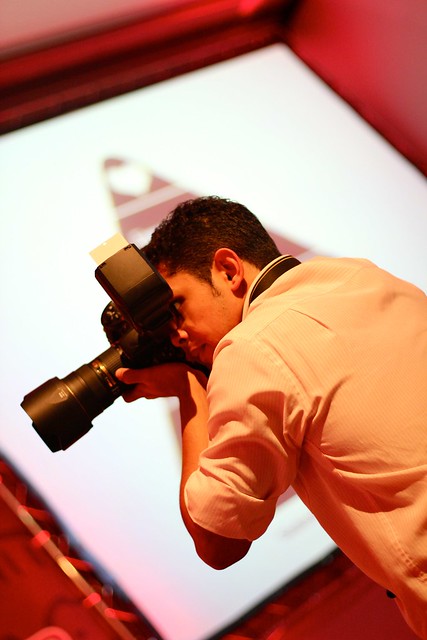

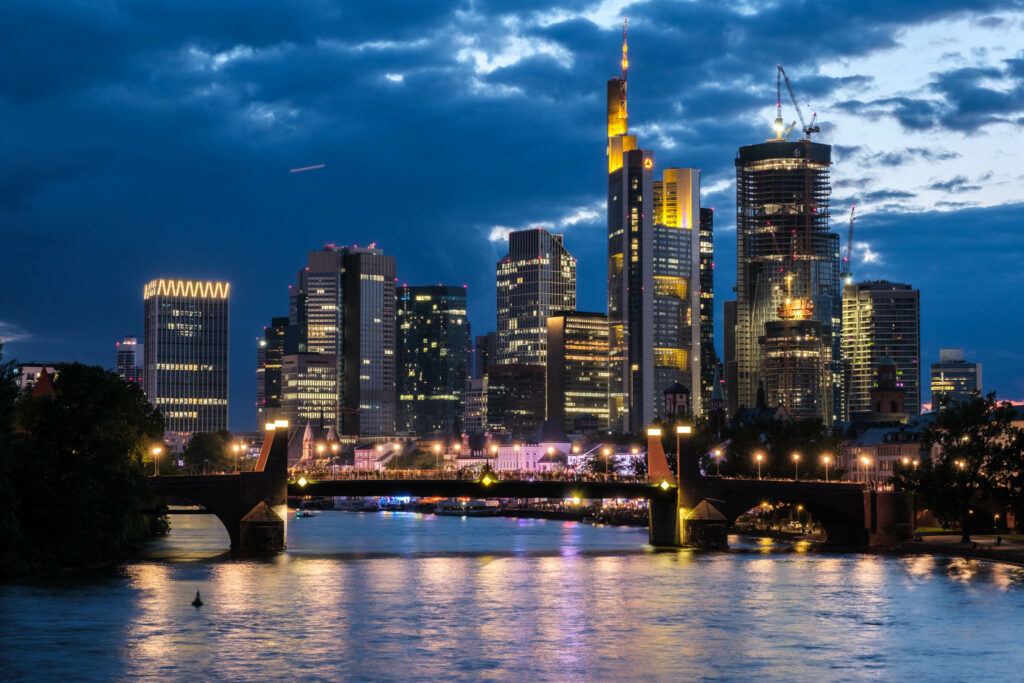
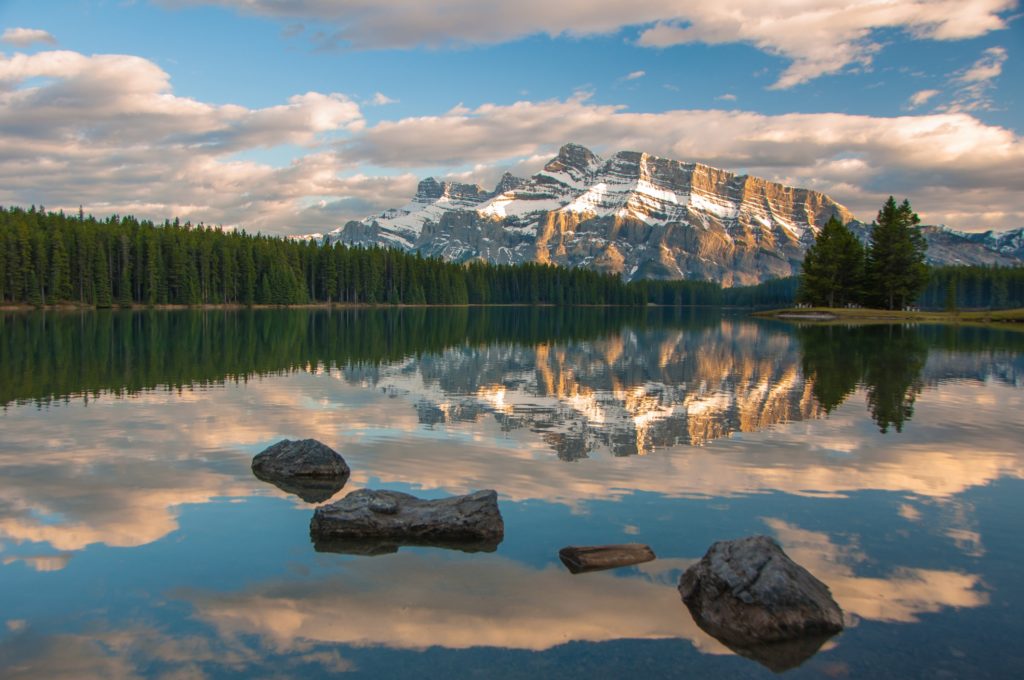
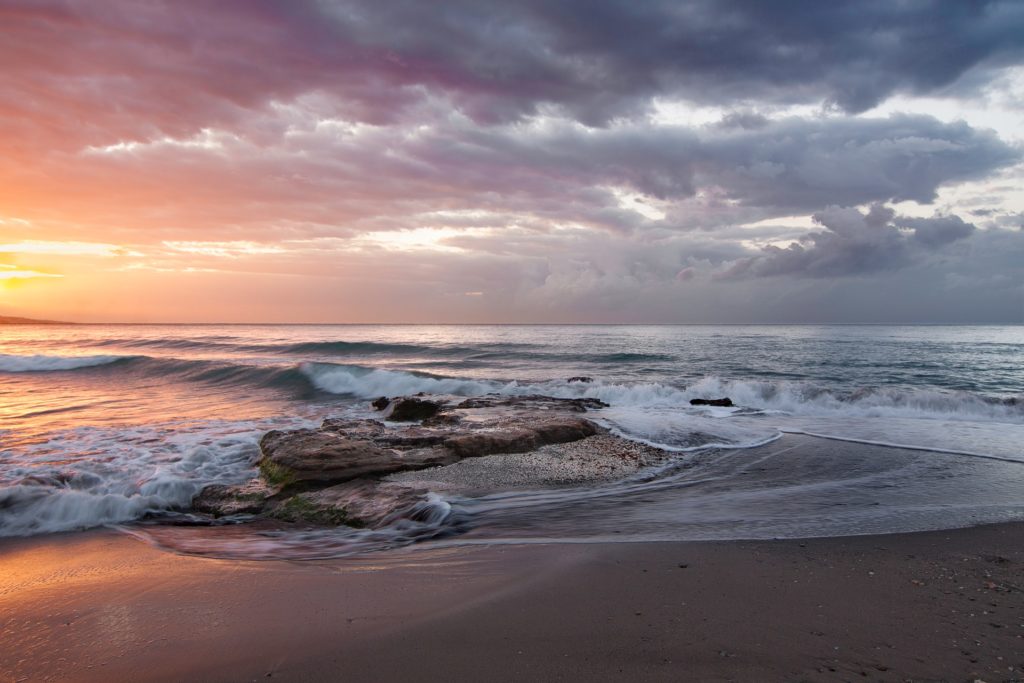
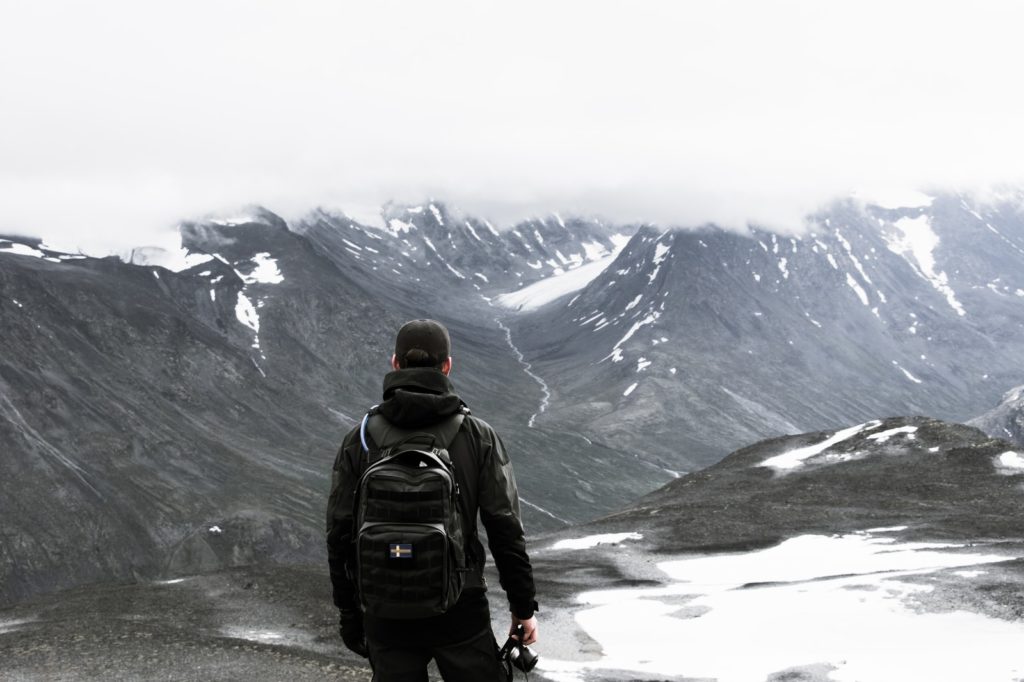
1 Comment
Interesting. You don’t mention the pay. The last cruise ship I worked on (not as a photographer, thankfully) the photographers told me they were working 70 hours a week and earning around $200. That’s not far off slave labour.